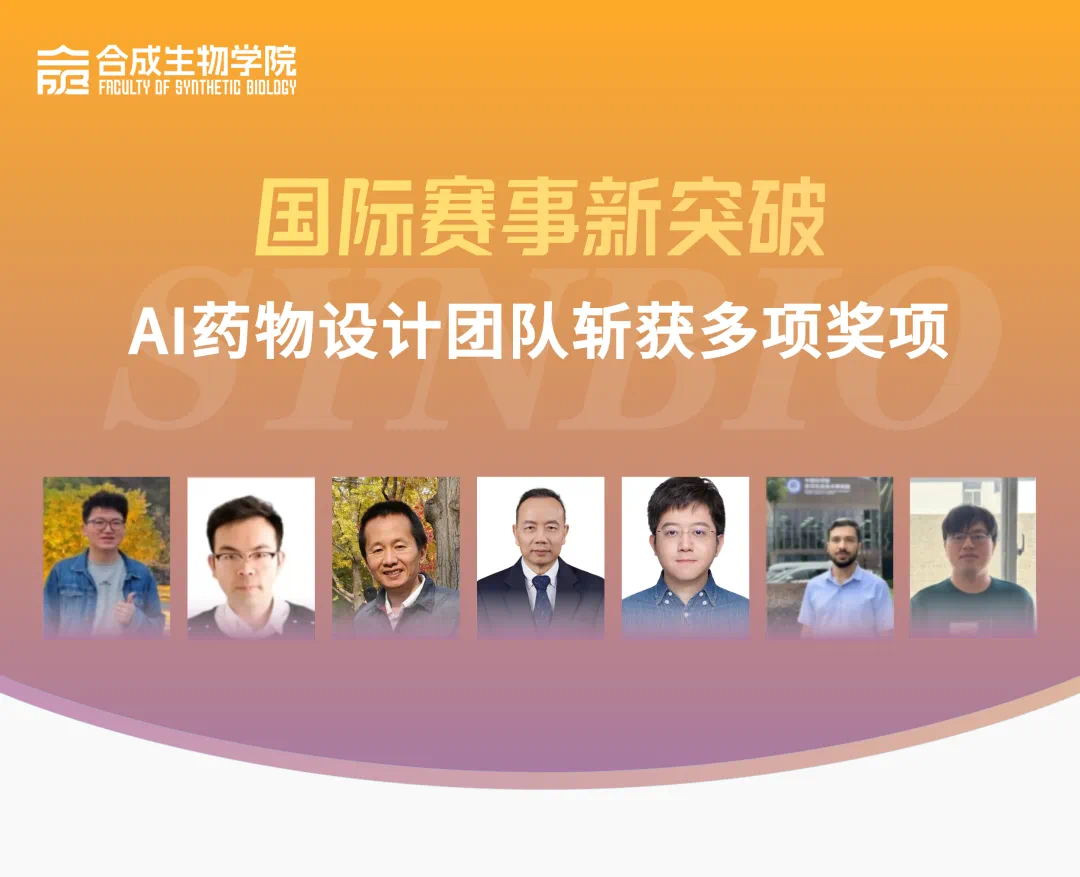
Recently, the ASAP-Polaris-OpenADMET Blind Test Challenge, co-hosted by the NIH-funded ASAP Discovery Consortium and the Open Molecular Software Foundation, announced its results. Led by Professors Sun Zhaoxi,John Zeng Hui Zhang, and Liu Zhirong, an interdisciplinary team from Faculty of Synthetic Biology at Shenzhen University of Advanced Technology excelled in a fierce competition against over 60 top international teams from institutions such as New York University, University of Oxford, and the Weizmann Institute of Science. The team achieved outstanding results, securingtop rankings in dual tracks.
The challenge, which received 381 model submissions, aimed to evaluate AI’s core capabilities in predicting the inhibitory activity of main proteases for SARS-CoV-2 and MERS-CoV through a rigorous blind test mechanism. In the prediction model category restricted to using only the provided activity data (excluding synthetic or external experimental datasets), the team’s independently developed AI modelsdominated,securing first and second places. In the open track allowing external data, their models still achieved remarkablethird and fourth places, demonstrating exceptionalgeneralization performance and technical robustness.
The team introducedtwo innovative core architectures:1.An ensemble architecture integrating fine-tuned large language models, multimodal graph neural networks, and tree-based models.2.Adeep learning networkincorporating protein language models, overcoming limitations of traditional unimodal algorithms and enabling higher-precision computational simulations for antiviral drug design.
This achievement signifies China’s entry into the global top tier in AI-driven drug development.The team’s technical approach is poised to significantly accelerate the translation of antiviral compounds from laboratory to clinical applications, providing critical technological support for addressing emerging infectious diseases.
